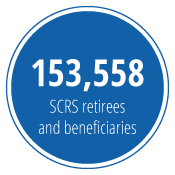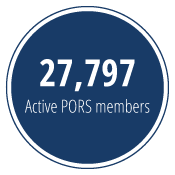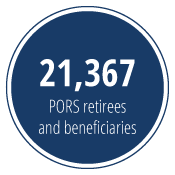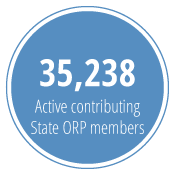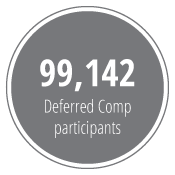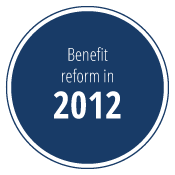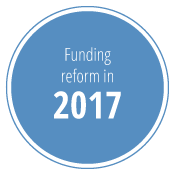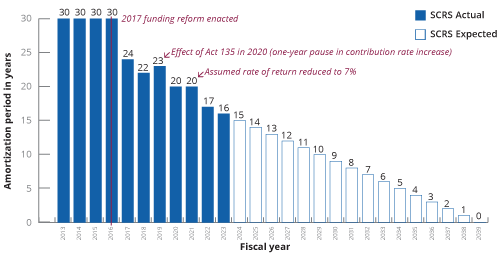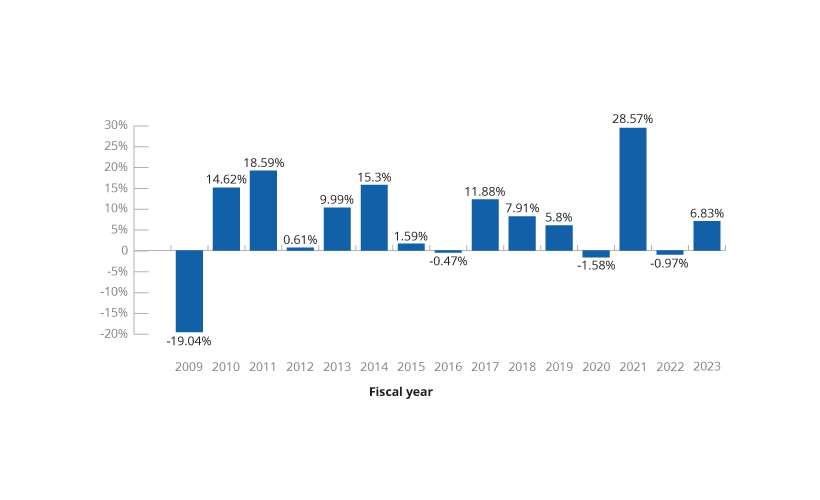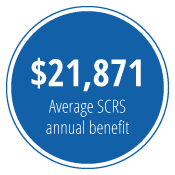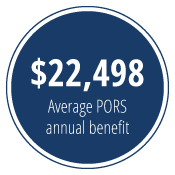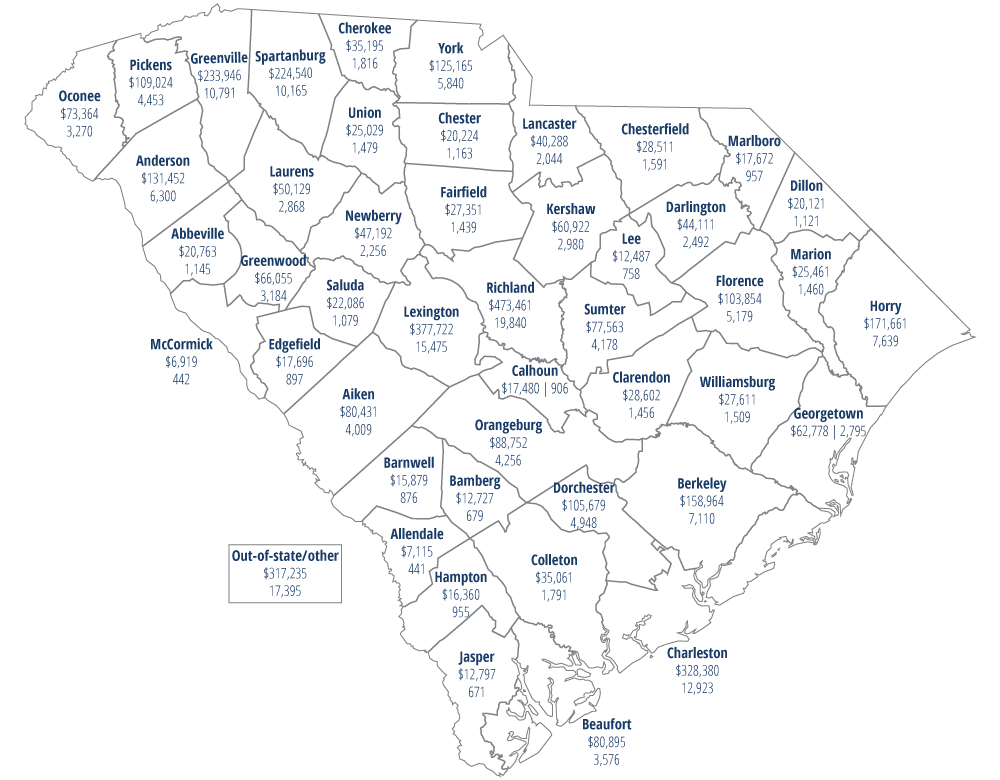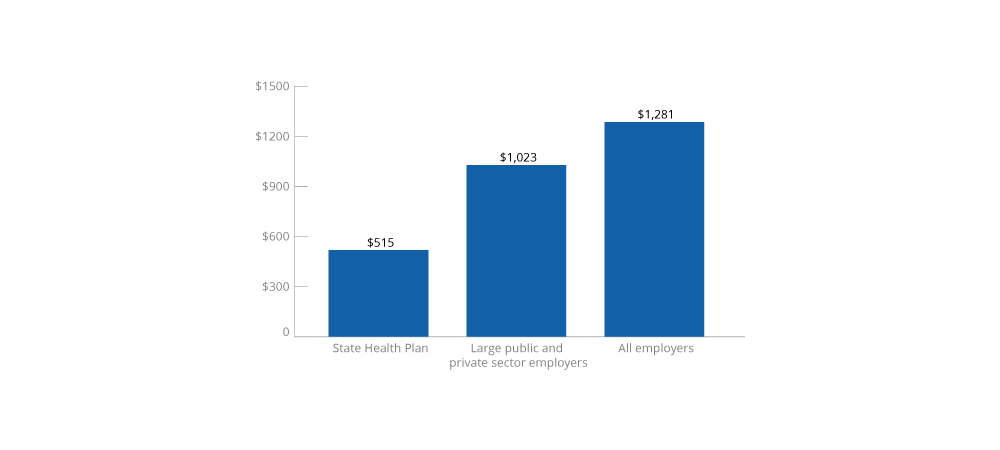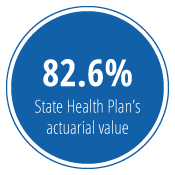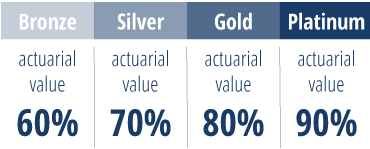The South Carolina Public Employee Benefit Authority (PEBA) is the state agency responsible for the administration and management of the state’s retirement systems and employee insurance programs for South Carolina’s public workforce. PEBA is governed by an 11-member Board of Directors. Members of the Board are appointed by the Governor, President Pro Tempore of the Senate, Chairman of the Senate Finance Committee, Speaker of the House of Representatives and Chairman of the House Ways and Means Committee.
The PEBA Board of Directors makes trustee-level policy decisions related to maintaining the fiscal soundness of the state’s benefit plans. The Board is committed to working with the following co-fiduciaries to accomplish this:
- S.C. Retirement System Investment Commission;
- S.C. State Treasurer;
- State Fiscal Accountability Authority; and
- S.C. General Assembly.
As part of its administration and management of the state’s benefits programs, PEBA also partners with various outside vendors. These vendors include auditors, actuaries, investment consultants and third-party claims administrators.

